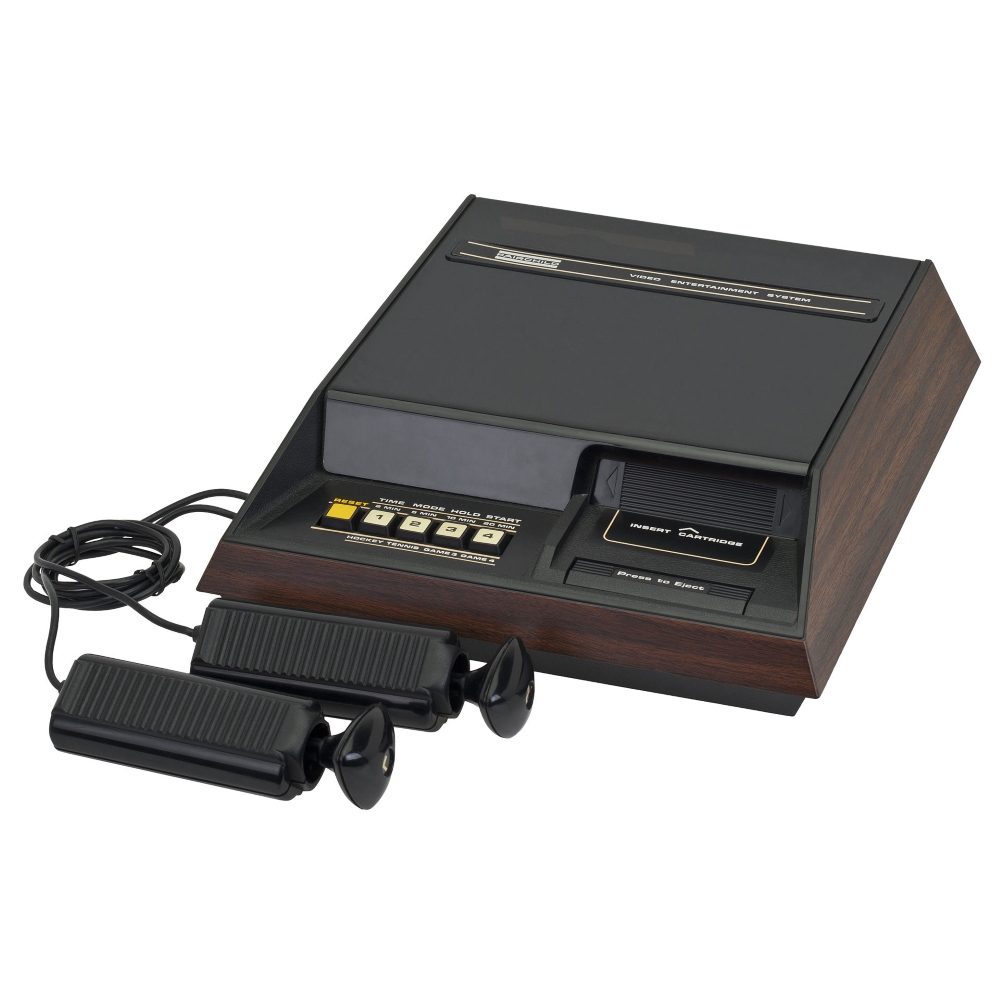|
|
|
History
In 1969, Norman Alpert started a company named Alpex Computer Corporation alongside a few engineers of the R&D department of the American Machine and Foundry company.
At first, the company worked on electronic cash register, but as their business become 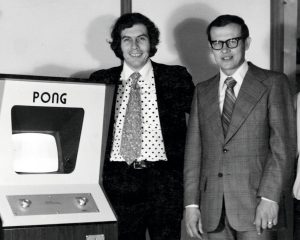 less profitable they had to look elsewhere. In 1974, Wallace Kirschner, one of the engineers who followed Norman in its new adventure, proposed to a home video game console. Norman immediately understood the potential as the video game market was in blooming and decided to hire Lawrence Haskel, a software engineer to take care of the game development while Wallace Kirschner would develop the hardware.
less profitable they had to look elsewhere. In 1974, Wallace Kirschner, one of the engineers who followed Norman in its new adventure, proposed to a home video game console. Norman immediately understood the potential as the video game market was in blooming and decided to hire Lawrence Haskel, a software engineer to take care of the game development while Wallace Kirschner would develop the hardware.
Both engineer started to work on the project dubbed RAVEN for Remote Access Video Entertainment. Both the hardware and the software development were going well and after developing the Hockey and the Tic, Tac, Toe game, the duo realized that they would need to store the game independently. At the time, magnetic tapes were the common method to store data, but Kirschner and Haskel decided to use EPROM (Erasable-Programmable Read Only Memory), commonly used in development and mount them to a board to help them withstand repeated insertion and removal.
With a working prototype in hand, both engineers presented their work to Normand Alpert. Normand was really impressed, but knew his company didn’t have the fund to manufacture and market the console. In early 1975, Alpex decided to approach the following TV makers: Sylvania, Zenith, RCA, and Motorola. All companies turn down Alpex.
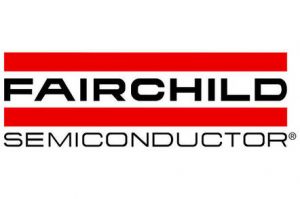 Alpex then turns to semiconductor manufacturers as they thought they would be the best company to turn their prototype in a consumer product. Alpex then contacted Shawn Fogarty a represented from Fairchild they had business with in the early years of the company. Fairchild was really interested and asked Gene Landrum, the former head of National Semiconductor’s consumer products arm, to evaluate the technology and write a feasibility report on the Alpex console from a marketing and business perspective. Landrum, tasked Jerry Lawson, on of the Fairchild most brilliant engineer to look at the design. Since Jerry had already experience with videogames, he was the perfect candidate to oversee the technical aspect of the project. With the help of Kirschner and Haskel, Lawson modified the prototype to use the F8 Fairchild microprocessor instead of the Intel 8080.
Alpex then turns to semiconductor manufacturers as they thought they would be the best company to turn their prototype in a consumer product. Alpex then contacted Shawn Fogarty a represented from Fairchild they had business with in the early years of the company. Fairchild was really interested and asked Gene Landrum, the former head of National Semiconductor’s consumer products arm, to evaluate the technology and write a feasibility report on the Alpex console from a marketing and business perspective. Landrum, tasked Jerry Lawson, on of the Fairchild most brilliant engineer to look at the design. Since Jerry had already experience with videogames, he was the perfect candidate to oversee the technical aspect of the project. With the help of Kirschner and Haskel, Lawson modified the prototype to use the F8 Fairchild microprocessor instead of the Intel 8080.
With the new prototype in hand and with the schematic sketch of the proposed controller by Lawson, the Gene Landrum filed on November 26, 1975 a report called “Business Opportunity Analysis: Alpex Video Game”. The report was very (too) optimistic about the potential sale figures and concluded that Fairchild could sell 5.5 million units by 1978. Following the report, Fairchild CEO Wilfred Corrigan officially decided to make Fairchild enter the video game industry.
Fairchild Video Entertainment System (1976)
The Fairchild VES was not only cartridges-based home video game systems on the 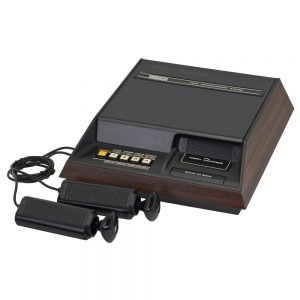 market for long. A mere two months after its debut, RCA released the RCA Studio II. Although RCA denies taking inspiration in the Fairchild VES, stating that development on the console started way before the release of the Fairchild VES, but we can speculate that RCA took note of the Alpex presentation of the RAVEN in 1975 and decided to produce their own video game console. The RCA Studio II proposed mostly educational games and was never a real threat for Fairchild.
market for long. A mere two months after its debut, RCA released the RCA Studio II. Although RCA denies taking inspiration in the Fairchild VES, stating that development on the console started way before the release of the Fairchild VES, but we can speculate that RCA took note of the Alpex presentation of the RAVEN in 1975 and decided to produce their own video game console. The RCA Studio II proposed mostly educational games and was never a real threat for Fairchild.
In 1977, Atari also announced that they would produce a cartridges-based home video game system, called the Atari VCS. Again, Fairchild didn’t feel threatened but decided to change the name Fairchild VES to the Fairchild Channel F (for Channel Fun) to avoid confusion with the Atari VCS.
Fairchild Channel F (1977)
By November 1977, Fairchild had sold 250,000 units sold, but was already behind in terms of sale than Atari how had just launched their console. Atari favoured arcade-style titles and were way more enjoyable than the average Fairchild games. This is mostly due to the fact that Fairchild was a semiconductor producer and not an entertainment company.Fairchild was also exclusivity using chips bought internally from other Fairchild divisions at a fixed price higher than what the Atari was paying from other providers, which help Atari undercut their competition.
In 1978, Fairchild released that they would need to change their images and improve their cost to stay afloat and change their marketing to reclaim part of the market segment lost to Atari. The solution found was to redesign the console to give it a better look and reduce the cost associated with it.
Fairchild Channel F System II (1978)
By the time Fairchild launched the redesigned model, it was already too late. The Atari was already dominating the market and other systems like the Bally Astrocade were 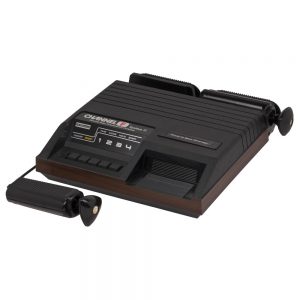 already taking over the remaining market shares. The poor sell figures of the console forced Fairchild to abdicate. Fairchild stuck a deal with Zircon International and sold them the right to the console.
already taking over the remaining market shares. The poor sell figures of the console forced Fairchild to abdicate. Fairchild stuck a deal with Zircon International and sold them the right to the console.
Through Zircon, the Channel F System II lasted until 1984, but was also released in select European countries. In Germany it was released as the Saba Video Play,in Sweden as the Luxor Video Entertainment System and finally as the Grandstand in Great Britain.
Achievement
The Fairchild Channel F is the first home video game console that uses a cartridge that contains only the ROM (the program of the video game). Most systems using cartridges before the Fairchild Channel F were pong-machine with no CPU. The CPU, RAM and ROM were embedded on the cartridge itself while the system only provided the power supply, controller input and video and sound output. The ROM-based cartridge became the norm after the release of the Fairchild and were used in almost every cartridge-based video game console since that time.
External Reference
A lot of information in this section comes from interviews of Lawrence Haskel and Wallace Kirschner that were done for an article called “The Untold Story Of The Invention Of The Game Cartridge” by Benj Edwards on FastCompany. I highly encourage you to read the full article as it contains many other interesting information.

